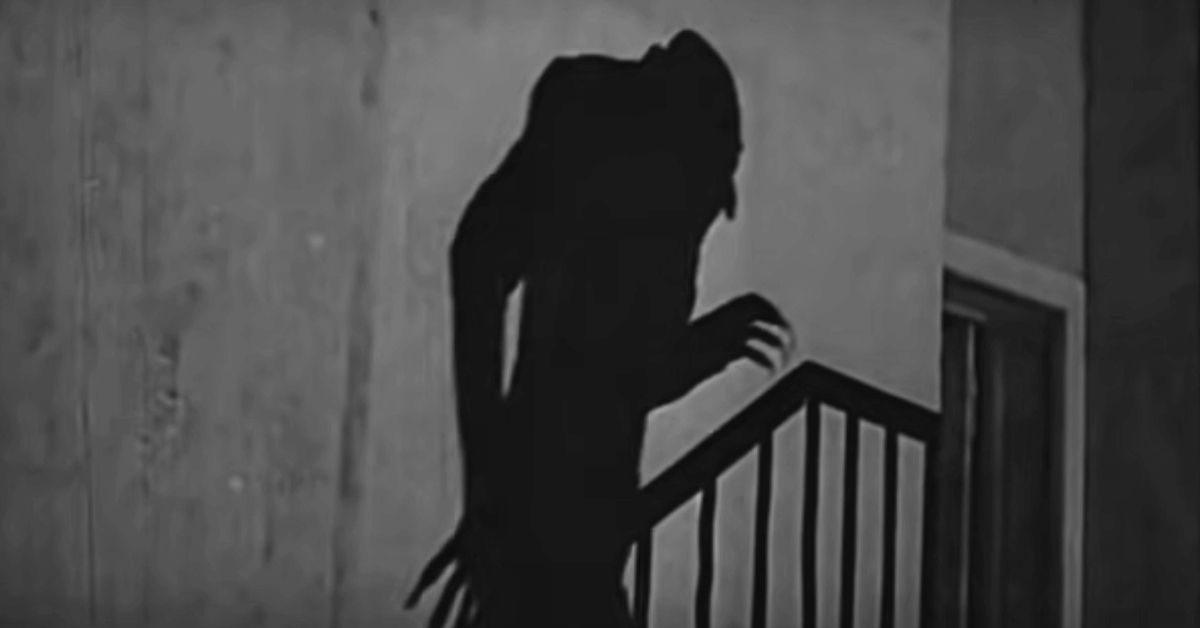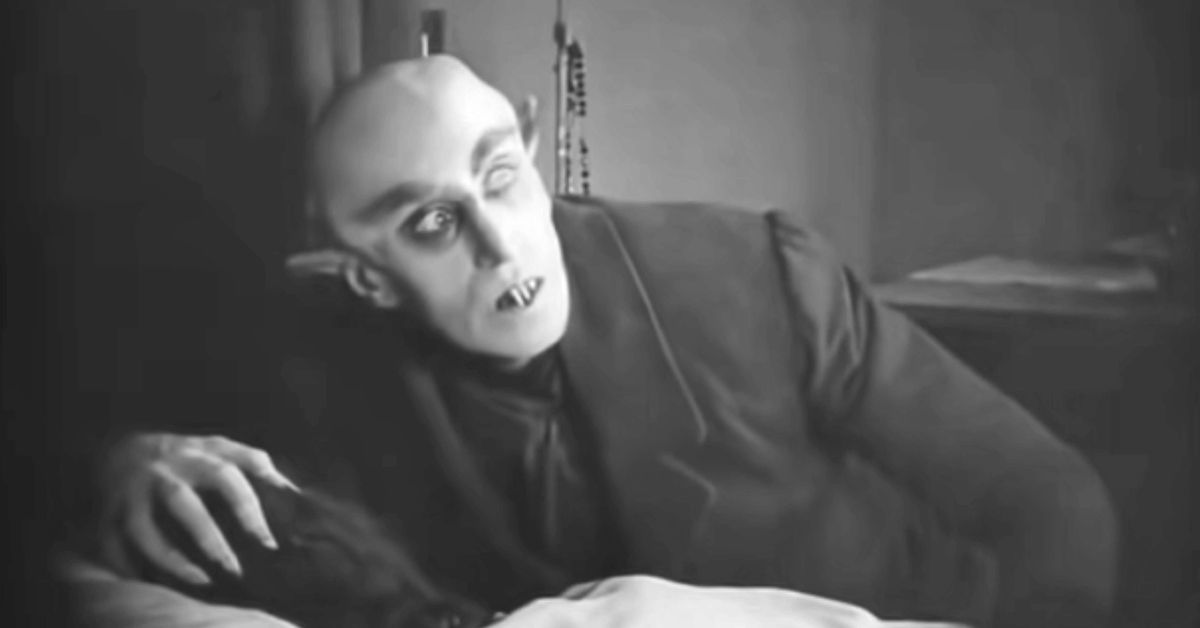The 2020s are going to be a monumental time for cinema. In 2020, the German expressionist film The Cabinet of Dr. Caligari reached its 100-year milestone. On March 4, 2022, that honor was officially passed to Nosferatu.
Nosferatu is a milestone in more ways than one, and the story of its creation is just as interesting as the story it depicts. While the film is a loose adaptation of Bram Stoker’s novel, Dracula, inspiration for the film actually started from The Great War (WW1). Albin Grau, an occultist who would become the producer of Nosferatu, stated that the idea to shoot a vampire film sprouted from a conversation he had with a Serbian peasant. The peasant told him of his own experiences with vampires in Romania, which were called Nosferatu in the region.
After the war, Grau would co-found the studio Prana Film alongside Enrico Dieckmann. The studio was designed to produce films that would focus on the occult and supernatural. The two commissioned Henrik Galeen to pen the screenplay for their vampire film, Galeen’s previous works at the time included The Golem, The Spinning Ball, and Roswolsky’s Mistress. Diekmann and Grau requested an adaptation of Dracula, but there was an issue… the two hadn’t secured the film rights! Because of this, certain characters, such as the vampire hunter Van Helsing, were erased from the story and the head vampire character would be named Count Orlok instead of Count Dracula. The names of the main cast members were also changed.
An Unforgettable Face
The film would also tie in the vampire lore with another type of animal, not a bat, but rats! During a scene that takes place on a ship, rats can be seen scurrying out of Count Orlok’s coffin. His design also takes on a more rat-inspired appearance, with two long pointed incisors, a long crooked nose, big ears, and long fingernails that represent the paws of a rat. Another new twist that the film introduces is the idea of the sun outright killing a vampire. In the original Dracula, exposure to sunlight merely weakened Dracula and his minions, but Nosferatu ends with Orlok vanishing into a puff of smoke from the sun.
The film premiered on March 4th, 1922 in the Marmorsaal of the Berlin Zoological Garden during the Festival of Nosferatu, which encouraged guests to dress up in period outfits. The film was praised for its lighting, visual style, and the now timeless design of Count Orlok. Despite the praise, the film was still met with backlash… from the wife of Bram Stoker.
Florence Balcombe is most remembered for her legal dispute with the film. Upon learning of the film’s existence, Balcombe was quick to act. She not only demanded financial compensation to the estate of her late husband, but also for the negative and all prints of the film to be destroyed. During the lawsuit, Prana Film filed for bankruptcy. Nosferatu was not as financially of a success as Grau and Dieckmann had hoped. In the end, Balcombe won the lawsuit in 1925 and the negative and all prints of the film were ordered to be handed over. Balcombe would never see the film for herself.
In spite of it all, Nosferatu managed to rise from the dead. Over time, prints of the film would show up from either private collectors or in libraries. The film made its way to America for its first ever showing in 1929.
The film entered the public domain in 2019 and can now be viewed for free from all sorts of streaming services like YouTube legally. The film has clawed its way from a tiny passion project to one of the most influential pieces of horror cinema. Count Orlok has been featured and parodied in various other vampire-related media such as the tabletop game Vampire: The Masquerade and What We Do In the Shadows. If you consider yourself a vampire enthusiast, you definitely owe it to yourself to check this one out. It’s a story that’s as immortal as the creature it stars, though you might want to make sure the curtains are open before you go to sleep, a bit of sunlight might protect you in the morning.


